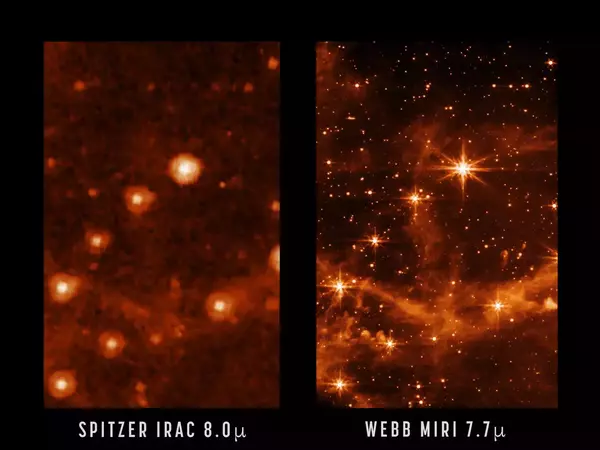Despite its age and small size, the Hubble Space Telescope remains one of the best telescopes in the world. In comparison to the massive 8-10m telescopes built on the ground, with even larger ones planned in the future, the 2.4m Hubble mirror is relatively standard for modern research telescopes, with optics approaching their third decade of use. However, it consistently outperforms many of the most advanced ground-based telescopes and is still regarded as the pinnacle of optical and ultraviolet astronomy, with demand for its use in research far outstripping available observing time each year.
The largest near-infrared image ever taken by NASA’s Hubble Space Telescope has been released, allowing astronomers to map the star-forming regions of the universe and learn how the earliest, most distant galaxies formed. This high-resolution survey, known as 3D-DASH, will enable researchers to identify rare objects and targets for follow-up observations with the recently launched James Webb Space Telescope (JWST) during its decades-long mission.
The Astrophysical Journal will publish a preprint of the paper.
3D-DASH adds a new layer of unique observations in the COSMOS field and is also a steppingstone to the space surveys of the next decade. It gives us a sneak peek at future scientific discoveries and allows us to develop new techniques to analyze these large datasets.
Ivelina Momcheva
“Since its launch more than 30 years ago, the Hubble Space Telescope has led a renaissance in the study of how galaxies have changed in the last 10-billion years of the universe,” says Lamiya Mowla, lead author of the study and Dunlap Fellow at the University of Toronto’s Dunlap Institute for Astronomy & Astrophysics. “The 3D-DASH program builds on Hubble’s legacy in wide-area imaging, allowing us to begin unraveling the mysteries of galaxies beyond our own.”
3D-DASH provides researchers with a complete near-infrared survey of the entire COSMOS field, one of the richest data fields for extragalactic studies beyond the Milky Way, for the first time. Near-infrared is the longest and reddest wavelength observed with Hubble, just past what the human eye can see, so astronomers can see the earliest galaxies that are the farthest away.
Astronomers also need to search a vast area of the sky to find rare objects in the universe. Until now, such a large image was only available from the ground and suffered from poor resolution, which limited what could be observed. 3D-DASH will help to identify unique phenomena like the universe’s most massive galaxies, highly active black holes, and galaxies on the brink of colliding and merging into one.

“I’m interested in monster galaxies, which are the most massive galaxies in the universe formed by merging other galaxies. What drove the changes in their form and how did their structures evolve? “says Mowla, who began working on the project as a graduate student at Yale University in 2015. “It was difficult to study these extremely rare events using existing images, which prompted the creation of this large survey.”
To capture such a large area of sky, the researchers used a new technique called Drift And SHift with Hubble (DASH). DASH creates an image eight times larger than Hubble’s standard field of view by taking multiple shots that are then stitched together into one master mosaic, much like taking a panoramic picture on a smartphone.
DASH also takes images faster than traditional techniques, taking eight images per Hubble orbit instead of one, completing what would have previously taken 2,000 hours in 250 hours.
“3D-DASH adds a new layer of unique observations in the COSMOS field and is also a steppingstone to the space surveys of the next decade,” says Ivelina Momcheva, head of data science at the Max Planck Institute for Astronomy and the study’s principal investigator. “It gives us a sneak peek at future scientific discoveries and allows us to develop new techniques to analyze these large datasets.”
3D-DASH covers an area nearly six times the size of the moon in the sky as seen from Earth. This record is unlikely to be broken by Hubble’s successor JWST, which is designed for sensitive, close-up images that capture fine detail in a small area.
It is the largest near-infrared image of the sky available to astronomers until the next generation of telescopes, such as the Nancy Grace Roman Space Telescope and Euclid, launch in the next decade.
Until then, professional and amateur astronomers alike can explore the skies using an interactive online version of the 3D-DASH image created by Gabriel Brammer, professor at the Niels Bohr Institute, University of Copenhagen (https://www.lamiyamowla.com/3d-dash/explorer).





